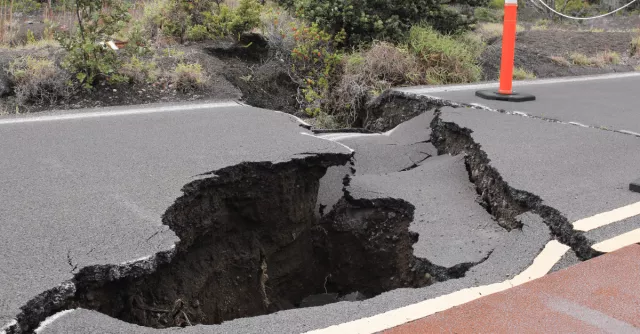Workplace Recovery Checklist
It’s a deceiving assumption that a workplace recovery strategy can only consist of a plan for people to work remotely or from home when their current office is inaccessible. How long will the work-from-home strategy be effective? Is it secure?
In fact, 40% of employees use a device that’s not monitored by their employers, which poses cybersecurity concerns. As for your recovery site, is it located in the affected area, and will everyone be able to commute to it? How quickly can you get access to the recovery site? Taking time to prepare now will save you trouble if an incident occurs.
Overview
We hear this a lot: If your primary facility isn’t available, it makes sense to have employees work from home. Thanks to the cloud and adjustments made as a result of the COVID-19 pandemic, a work-from-home (WFH) alternate workspace strategy is cheaper and more doable than ever before. But what happens when your entire workforce needs to work from home?
Before writing off alternate facilities, think about how a WFH strategy would work for your entire business (or branch). Here are the top issues to consider.
Business Processes
For WFH to go smoothly, you must design business processes to accommodate remote work. The three principles of a successful WFH strategy are:
- Communication
- Coordination
- Culture
During a business interruption, all departments must be able to communicate and solve unforeseen business challenges. Is WFH currently a strong part of your business culture? If not, trying to adapt to a remote workflow in the middle of a crisis will not go over well. Don’t forget about factors that might complicate WFH arrangements, such as supply chain interruptions or seasonal demands.

